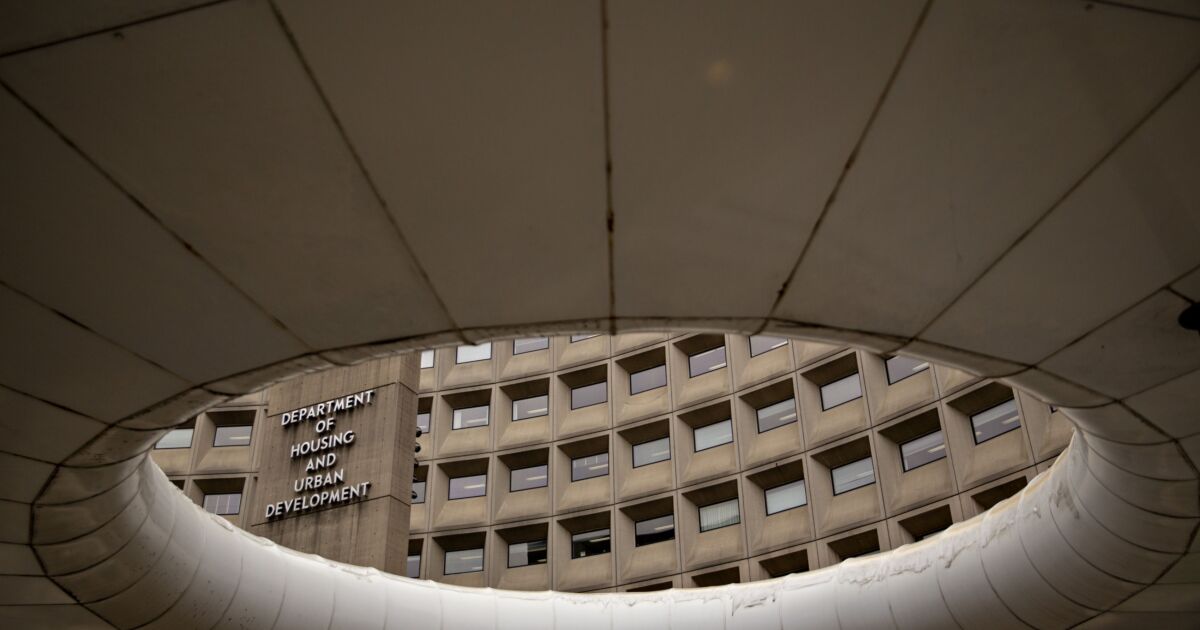Enjoy complimentary access to top ideas and insights — selected by our editors.
Coming out of the
Goldman Sachs’ CEO Officer David Solomon expects the Federal Reserve to not cut interest rates this year because the country’s economy has proved to be more resilient. But JPMorgan CEO Jamie Dimon has repeated his warning from last year that the consumer is running low on cash and will roll over next year. We’ll see. Default rates on prime 1-4s are still near zero, but FHA is at 10%.
In an earlier comment in
The excellent analysis published by Ginnie Mae in the
Because the industry did extraordinary amounts of business in 2020 and 2021, today the market is light a trillion dollars or so in theoretical mortgage production. But we cannot spend theoretical money to meet real expenses. Firms which habitually sell their MSRs to offset operating losses are likely to face a tough road ahead. No acorns for the long cold winter in Michigan.
It will be no surprise to readers that there are a couple of initiatives being pursued in Washington to boost loan production, but not all of them necessarily make sense for consumers.
My firm submitted comments on the proposal, which is opposed by the MBA and a surprising number of other industry trade groups and think tanks. The Structured Finance Association (SFA) and American Bankers Association both
Our contacts in the non-QM market like the private product, but complain about the small number of customers. We worry that using a government guarantee to lure consumers who cannot do business with a bank is bad policy. To make sense under the GSE risk pricing methodologies, a closed-end second has to have a coupon near 10% or more. The private market today is low to mid-teens.
A mortgage REIT CEO told NMN: “Re-levering the taxpayer to utilize excess capital instead of doing something mission-focused with the money is bad boy behavior. We’ll look back in five years and wonder again how we got here. That said, the fix seems to be in at FHFA and this is going to happen, so we are positioning accordingly.”
Meanwhile over at the FHA, a proposal from the
While there may be higher levels of prepayments, the most recent data from Ginnie Mae shows that yield spreads on MBS have widened considerably since the Fed increased interest rates, more than compensating investors for the change.
Several government lenders tell NMN that allowing the borrower to finance the closing costs helps borrowers get into a better financial position, is cheaper and helps them stay in the FHA program.
“Keeping borrowers in the FHA means they will continue to contribute to the MIP program vs. shift to a GSE conforming loan,” argues the industry lender. “Low income borrowers in underserved communities are better off in the FHA program. The catch is Ginnie Mae would need to waive any prepay violation.”
A number of readers of NMN are probably thinking right now about the fact that the FHA and Ginnie Mae have recently been vocal about rising prepayment rates. It was only in April that
“Completing a rate and term refinance can be beneficial to both homeowners and FHA alike,” HPC head Ed Demarco
According to the Urban Institute, the Federal Housing Administration should adopt a streamlined refinancing program because it can reduce defaults and foreclosures, and make loans safer for investors and guarantors.
We like the idea of helping low-income borrowers access the cash that they need within the existing first-lien mortgage product. The FHA market is not risk priced, thus low-income and first-time home buyers almost always find better rates in the government market. Astute lenders can make a decent profit, avoid the putback risk found in the conventional market and retain the MSR.
As we note in our comment letter on the Freddie Mac proposal, a loan officer acting in the best interest of a low-income consumer might recommend a 15-year floating rate refinance loan vs. a second lien so as to eliminate the mortgage debt faster. A second lien mortgage with a double digit coupon and a higher probability of default does not strike us as a very good deal for the consumer or the taxpayer. Doing a cash-out refinance for a consumer into a new, 15-year FHA loan makes a lot of sense to us.
Publisher: Source link











